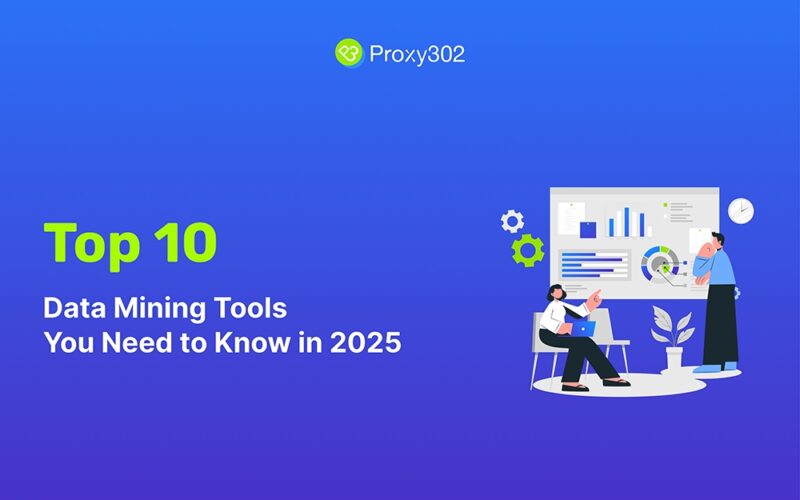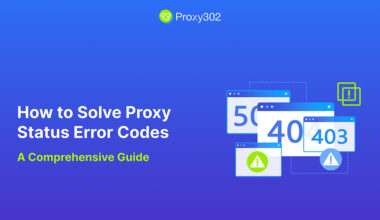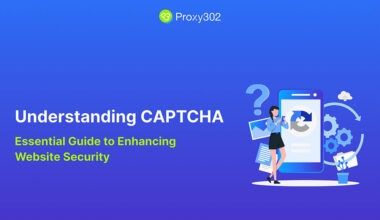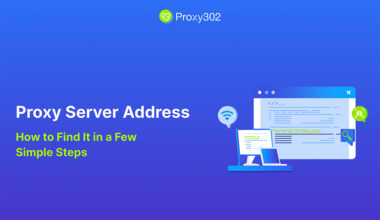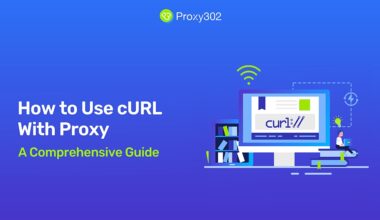Data mining tools are essential for extracting valuable insights from large datasets, enabling businesses and researchers to make data-driven decisions. In this article, we’ll explore the 10 best data mining tools in 2025, their key features, best practices, and SEO-friendly tips to help you optimize your content for search engines.
What is Data Mining?

Data mining is the process of extracting valuable insights and patterns from large datasets. It involves using statistical, mathematical, and analytical techniques to uncover hidden relationships, trends, and anomalies in data. The goal of data mining is to transform raw data into actionable knowledge that can inform decision-making and drive business strategies.
Key Concepts in Data Mining
Applications: Data mining is widely used in various fields, including marketing, finance, healthcare, and e-commerce, to identify patterns, predict trends, and optimize operations.
Data Preparation: This involves collecting, cleaning, and transforming raw data into a format suitable for analysis. Data preparation is a critical step that ensures the quality and reliability of the results.
Knowledge Discovery: Data mining is often considered a step within the broader Knowledge Discovery in Databases (KDD) process, which includes data cleaning, integration, selection, and interpretation.
How Does the Data Mining Process Work?
The data mining process is a systematic approach to extracting insights from data. It typically involves several stages, each of which plays a crucial role in ensuring the accuracy and relevance of the results.
Stages of the Data Mining Process
- Define the Business Problem: The first step is to clearly define the problem or objective. This helps determine the type of data needed and the appropriate techniques to use.
- Data Collection and Preparation: Raw data is collected from various sources and prepared for analysis. This includes cleaning, integrating, and transforming the data to ensure its quality.
- Data Exploration and Analysis: Exploratory data analysis (EDA) is conducted to understand the data’s structure and identify potential patterns or anomalies.
- Model Building: Data mining algorithms are applied to the prepared data to build predictive or descriptive models. Common techniques include classification, clustering, and association analysis.
- Evaluation and Interpretation: The results of the data mining process are evaluated to assess their accuracy and relevance. Insights are interpreted and translated into actionable recommendations.
- Deployment and Monitoring: The final step involves deploying the model in a real-world setting and monitoring its performance over time. Adjustments are made as needed to ensure continued accuracy and effectiveness.
Best Practices for the Data Mining Process
Iterate and Refine: Data mining is an iterative process. Continuously refine models and techniques based on feedback and results.
Ensure Data Quality: High-quality data is essential for accurate results. Invest time in data cleaning and preparation.
Choose the Right Techniques: Select data mining algorithms that align with the problem and data type
1. RapidMiner

Features:
- Open-source platform with a user-friendly interface.
- Extensive library of machine learning algorithms.
- Supports data preprocessing, visualization, and predictive analytics.
Best Practices:
- Use RapidMiner’s drag-and-drop interface to simplify complex workflows.
- Regularly update the tool to access the latest algorithms and features.
SEO Tip: Include keywords like “open-source data mining” and “predictive analytics” in your content to improve search rankings.
2. KNIME

Features:
- Modular workflow design for customizable data analysis.
- Integration with Python and R for advanced analytics.
Best Practices:
- Leverage KNIME’s modularity to create tailored workflows for specific use cases.
- Use its reporting features to generate insights for stakeholders.
SEO Tip: Add internal links to related articles about Python and R integration to enhance user experience and SEO.
3. IBM SPSS Modeler

Features:
- Visual interface for building predictive models.
- Advanced techniques like text analysis and anomaly detection.
Best Practices:
- Use IBM SPSS Modeler’s visual tools to simplify model building.
- Regularly validate models to ensure accuracy.
SEO Tip: Optimize for long-tail keywords like “predictive modeling with SPSS” to target niche audiences.
4. Orange

Features:
- Open-source tool with widgets for data exploration and machine learning.
- Combines simplicity with powerful features.
Best Practices:
- Use Orange’s widgets to explore data interactively.
- Share workflows with team members for collaborative analysis.
SEO Tip: Include FAQs about Orange’s features to target long-tail keywords and improve rankings.
5. WEKA

Features:
- Comprehensive suite of algorithms for classification, regression, and clustering.
- Open-source and widely used in academia.
Best Practices:
- Use WEKA’s visualization tools to interpret results effectively.
- Stay updated with the latest versions to access new algorithms.
SEO Tip: Use structured data to highlight WEKA’s features and improve search visibility.
6. SAS Data Mining
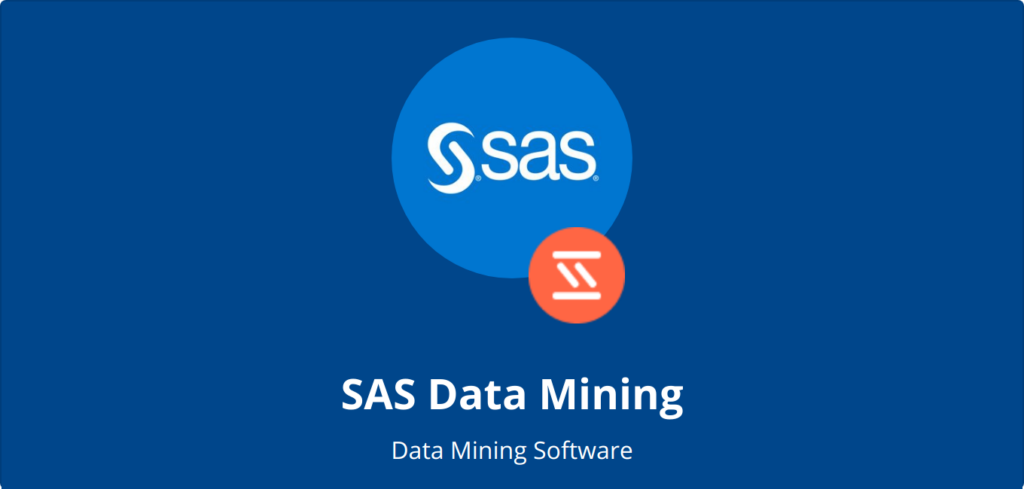
Features:
- Robust tool for advanced analytics and predictive modeling.
- Seamless integration with other SAS products.
Best Practices:
- Leverage SAS’s scalability for large datasets.
- Use its reporting tools to communicate insights effectively.
SEO Tip: Optimize URLs with keywords like “SAS data mining” to enhance SEO
7. Apache Mahout

Features:
- Scalable machine learning framework for big data applications.
- Specializes in collaborative filtering and clustering.
Best Practices:
- Use Mahout for large-scale data mining projects.
- Regularly audit performance to ensure efficiency.
SEO Tip: Include case studies or examples to make content more engaging and SEO-friendly.
8. Qlik Sense

Features:
- Data visualization and analytics tool with an associative engine.
- Supports intuitive data exploration.
Best Practices:
- Use Qlik Sense’s associative engine to uncover hidden patterns.
- Share dashboards with stakeholders for better decision-making.
SEO Tip: Use internal links to related articles about data visualization to improve SEO.
9. Scrapy

Features:
- Python-based web scraping tool for extracting structured data.
- Highly customizable and efficient.
Best Practices:
- Use Scrapy for large-scale web scraping projects.
- Regularly update scripts to adapt to website changes.
SEO Tip: Optimize for keywords like “web scraping with Python” to attract relevant traffic.
10. Tableau
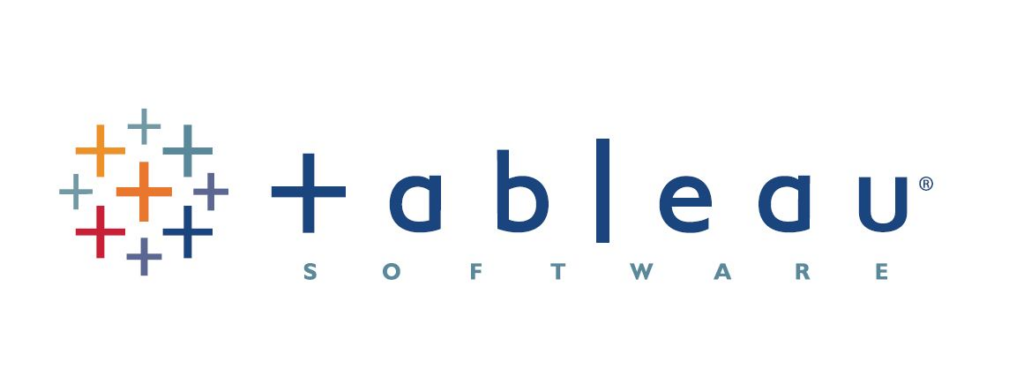
Features:
- Leading data visualization tool with integration for R and Python.
- Drag-and-drop interface for easy analysis
Best Practices:
- Use Tableau’s visualization tools to communicate insights effectively.
- Share dashboards with stakeholders for collaborative decision-making.
SEO Tip: Include structured data to highlight Tableau’s features and improve search visibility.
Conclusion
Understanding the features and best practices of each product or concept is essential for maximizing their value and ensuring successful implementation. By following these guidelines, businesses can enhance their product development processes, improve stakeholder satisfaction, and achieve their strategic goals.

